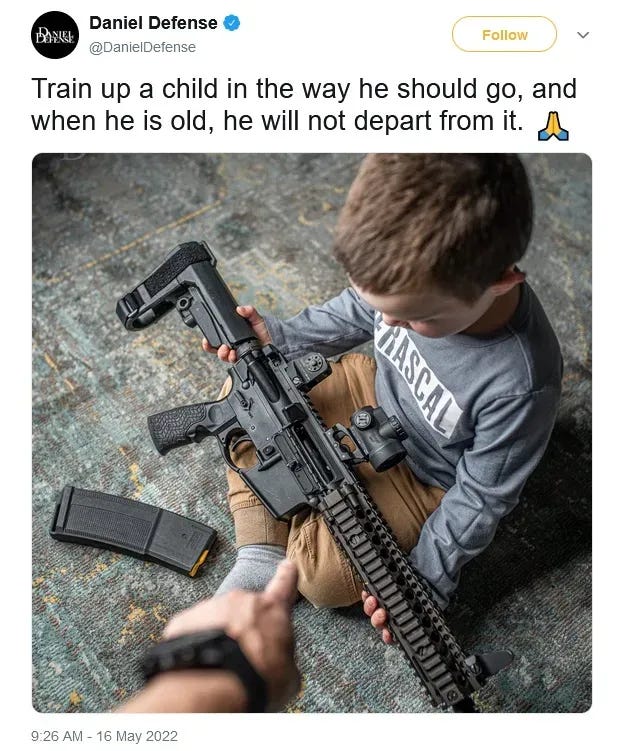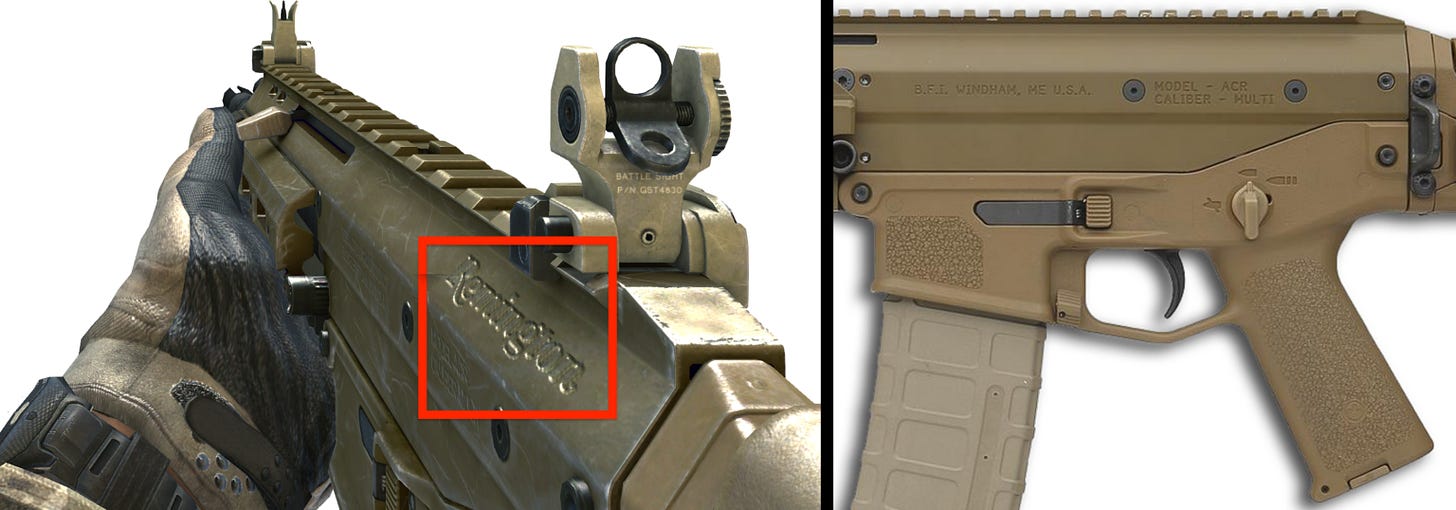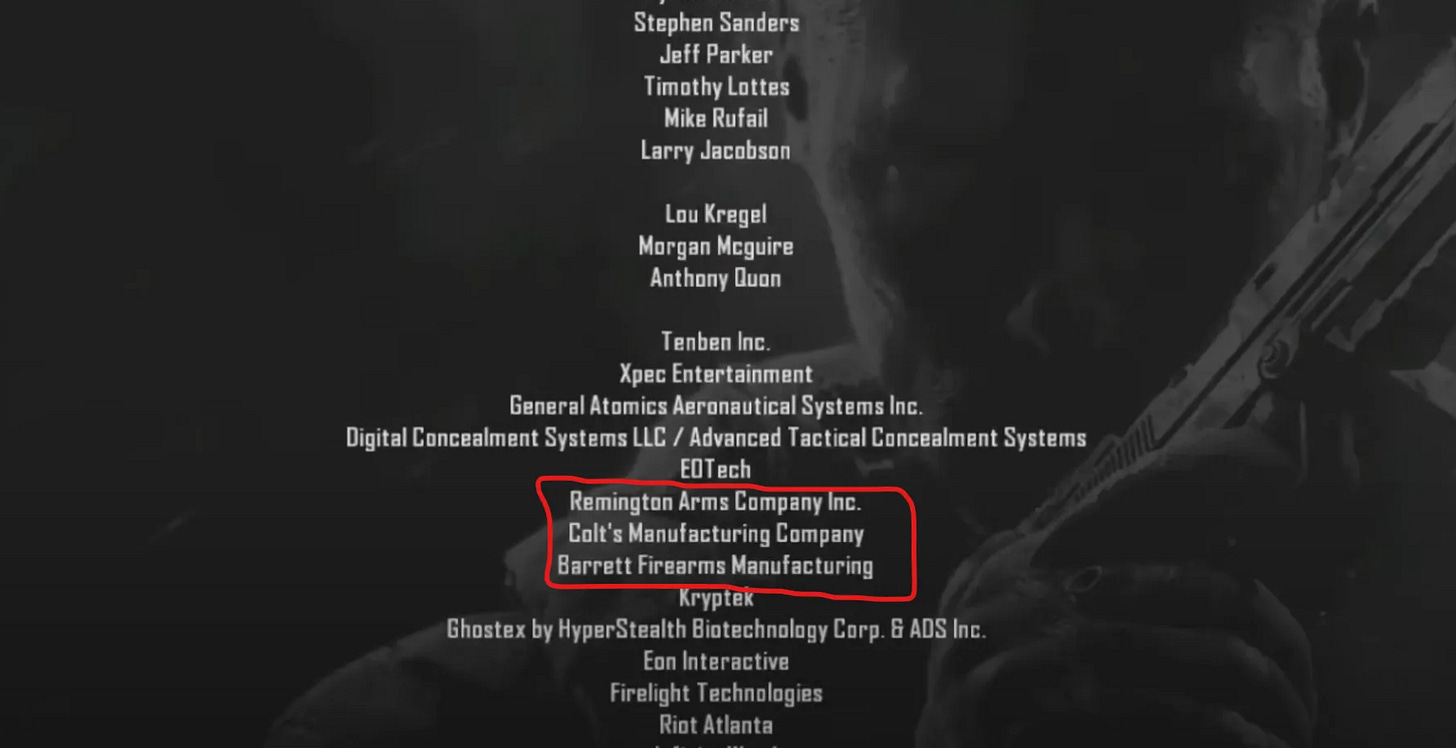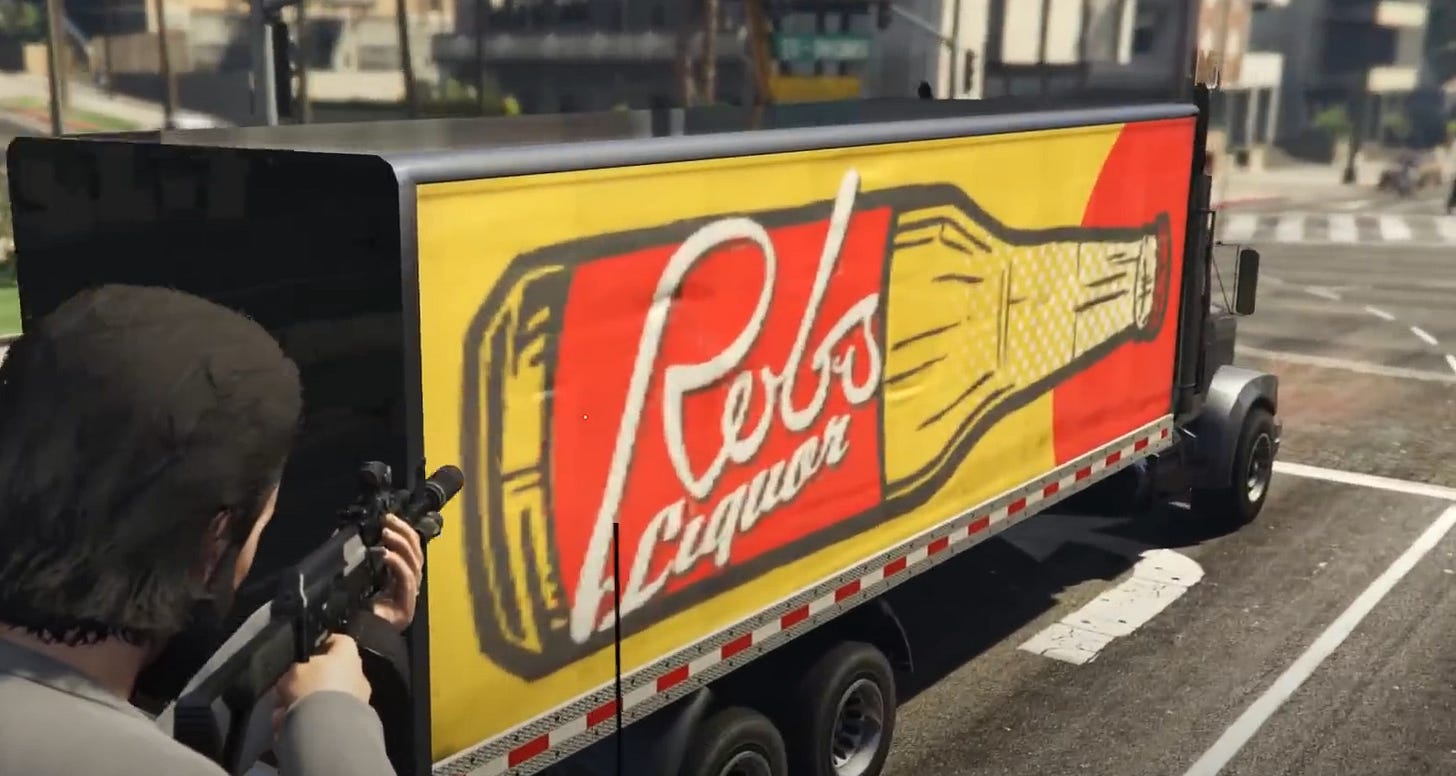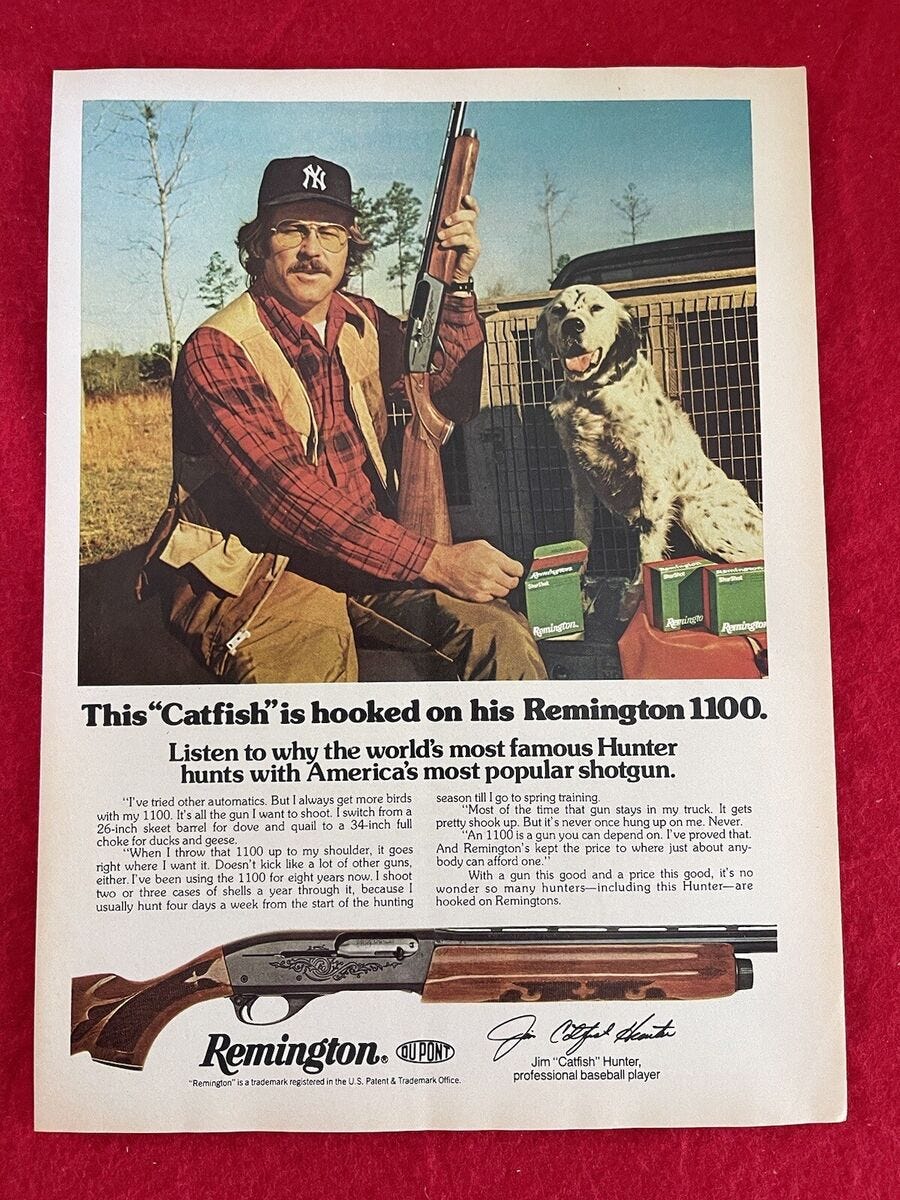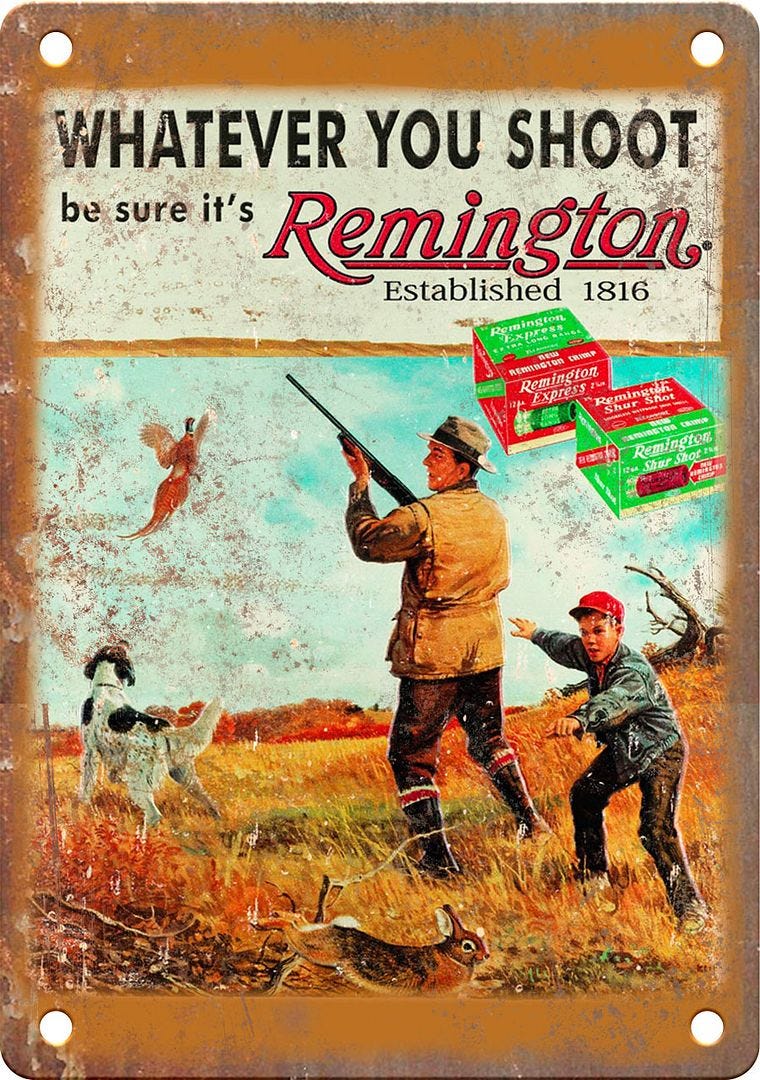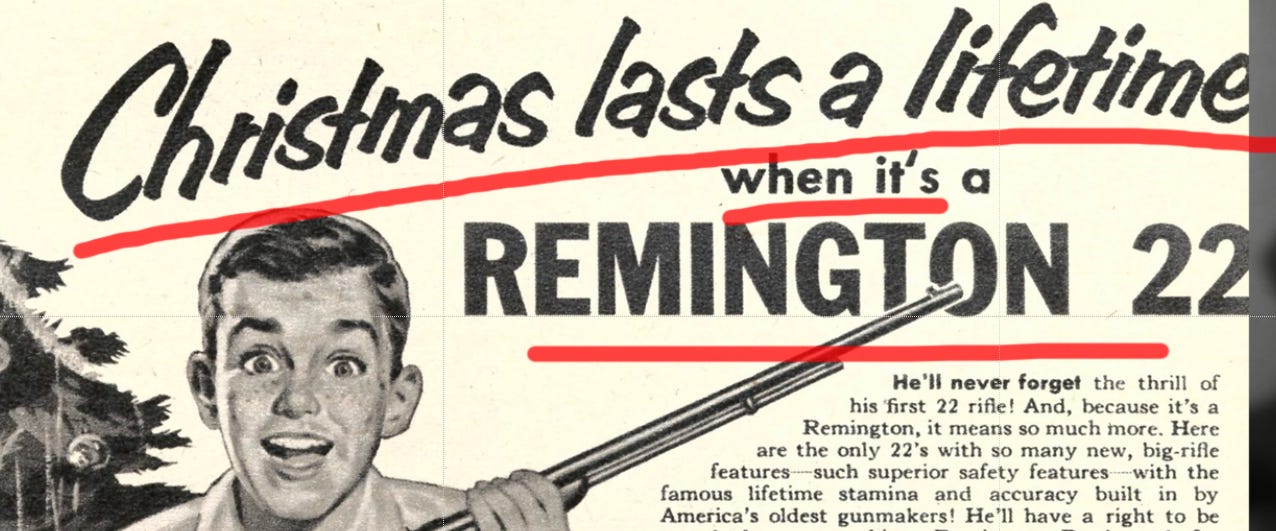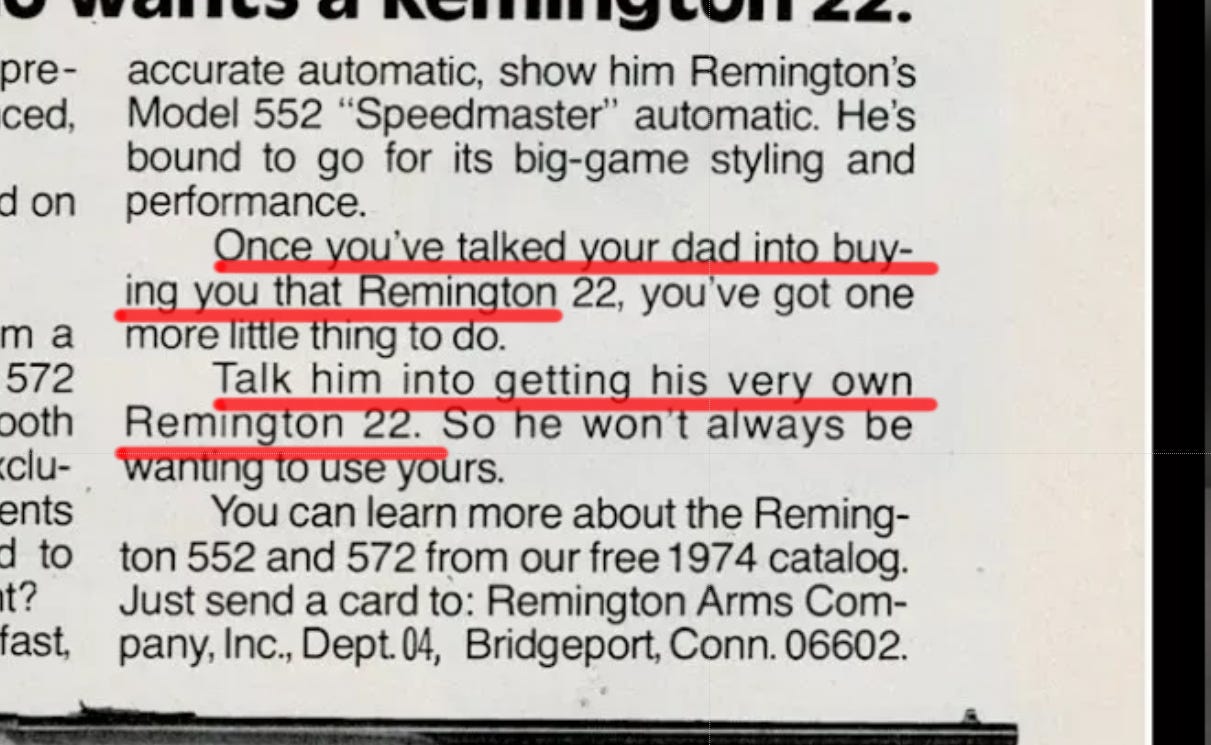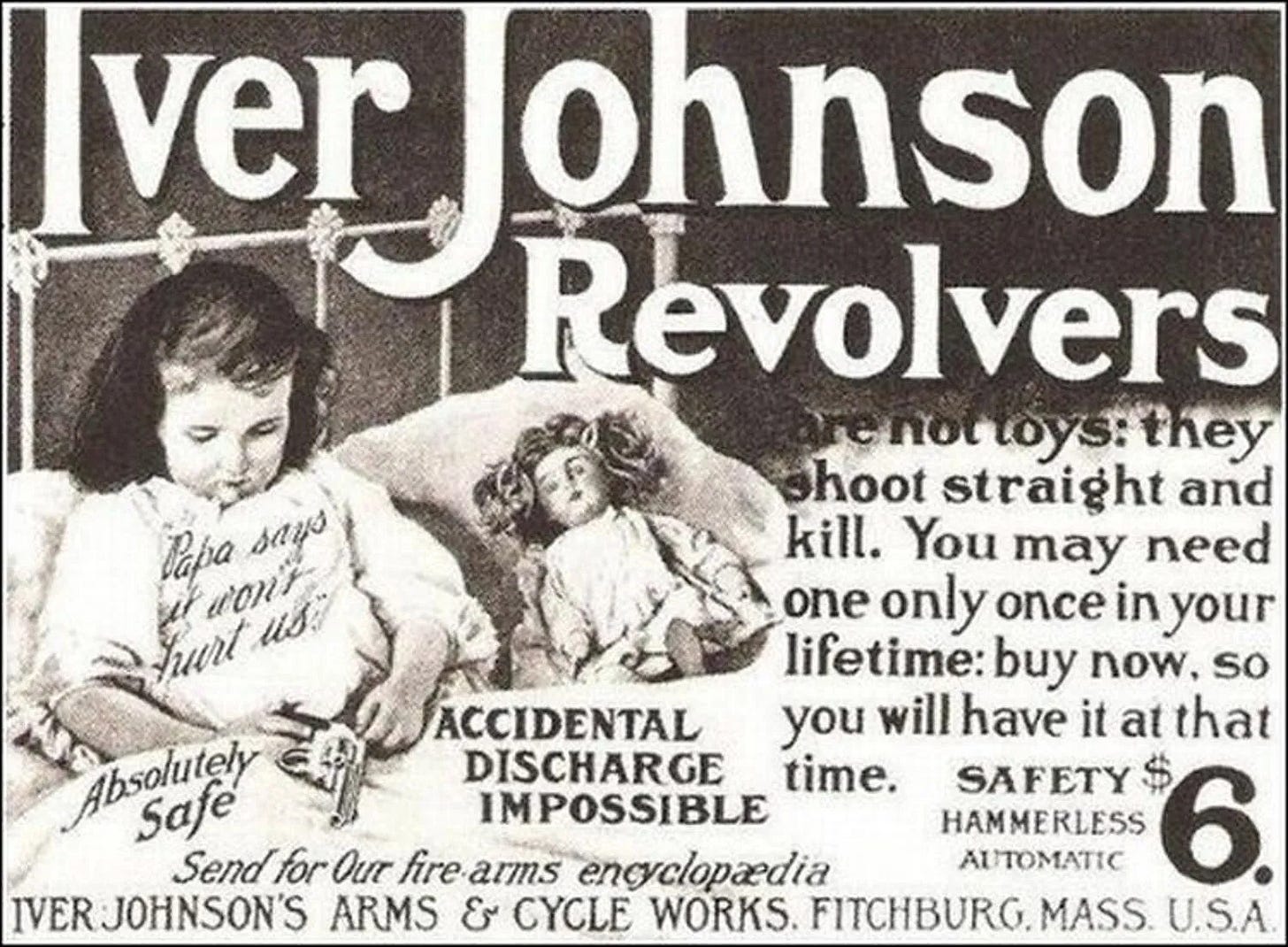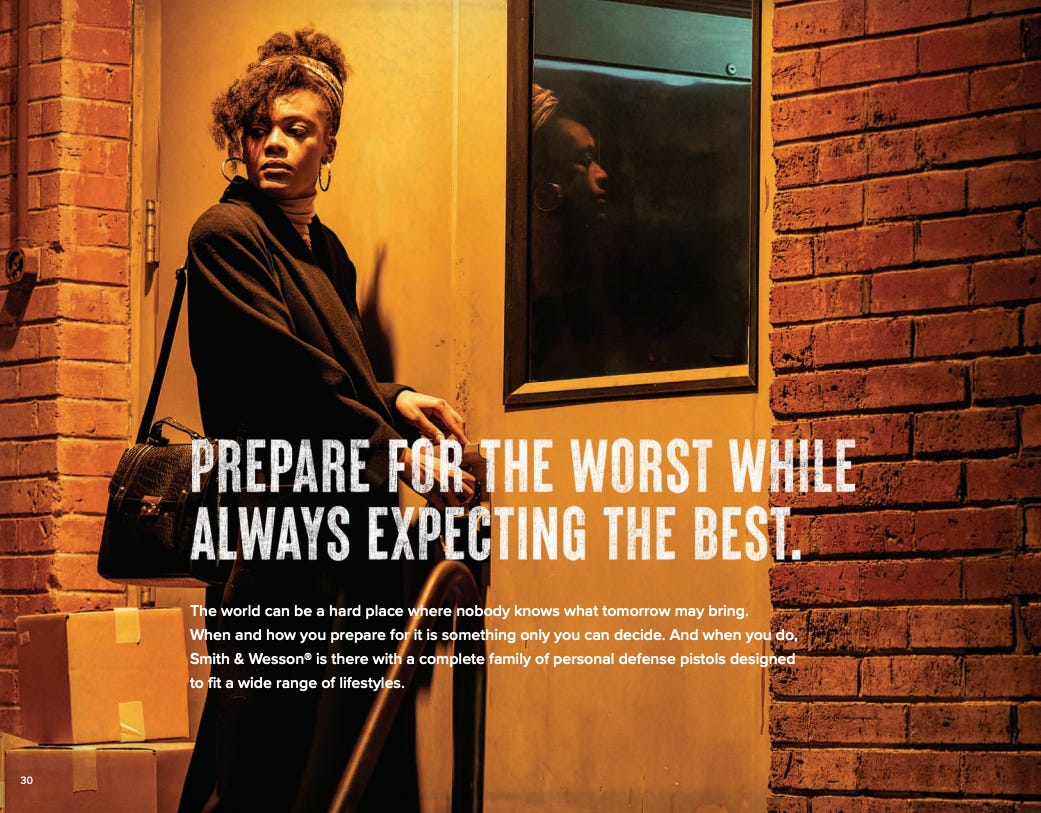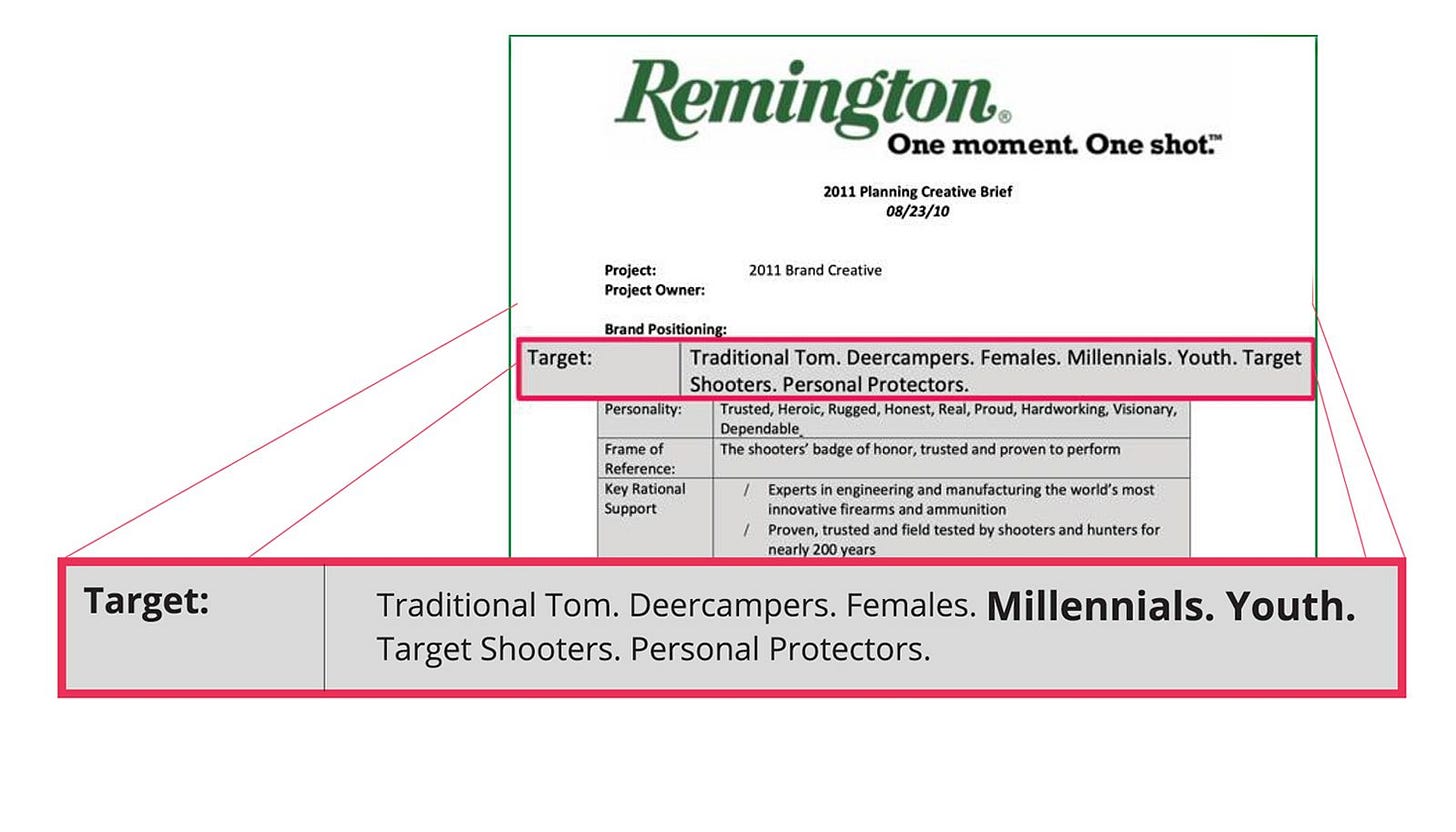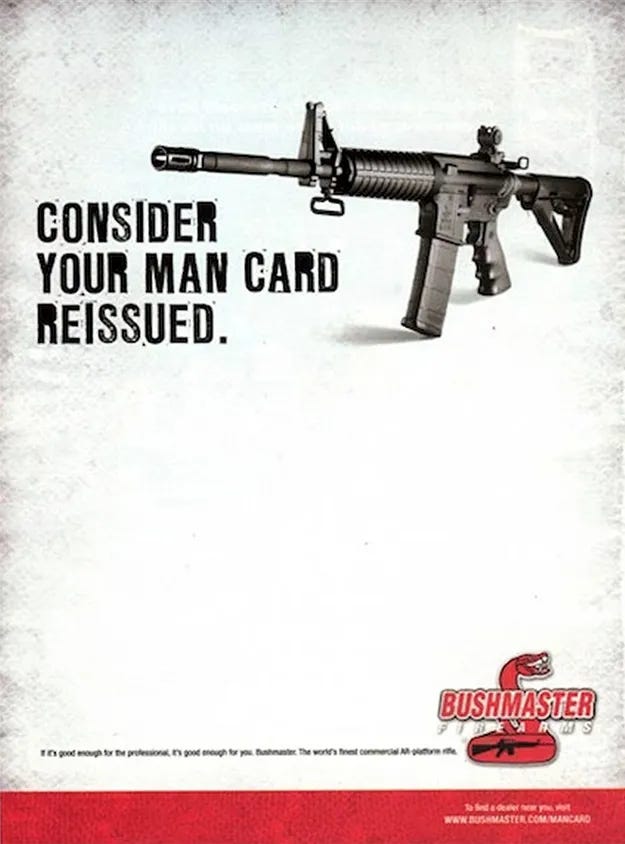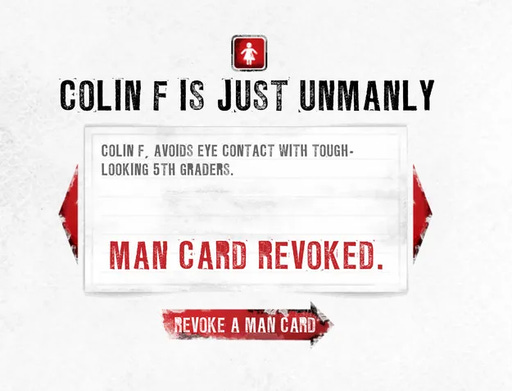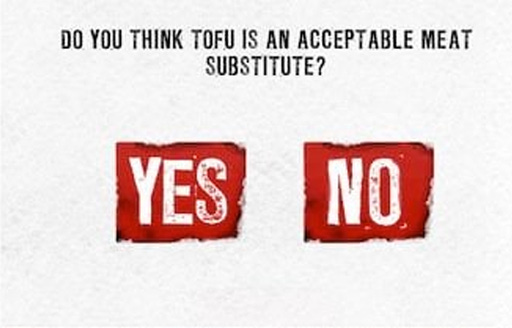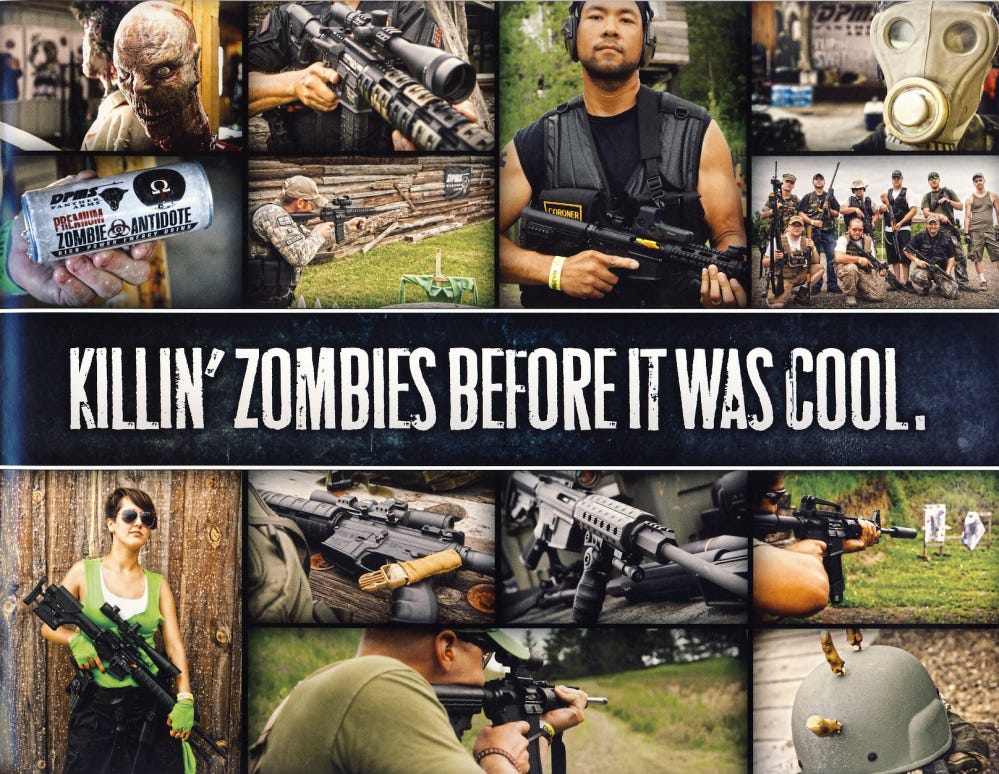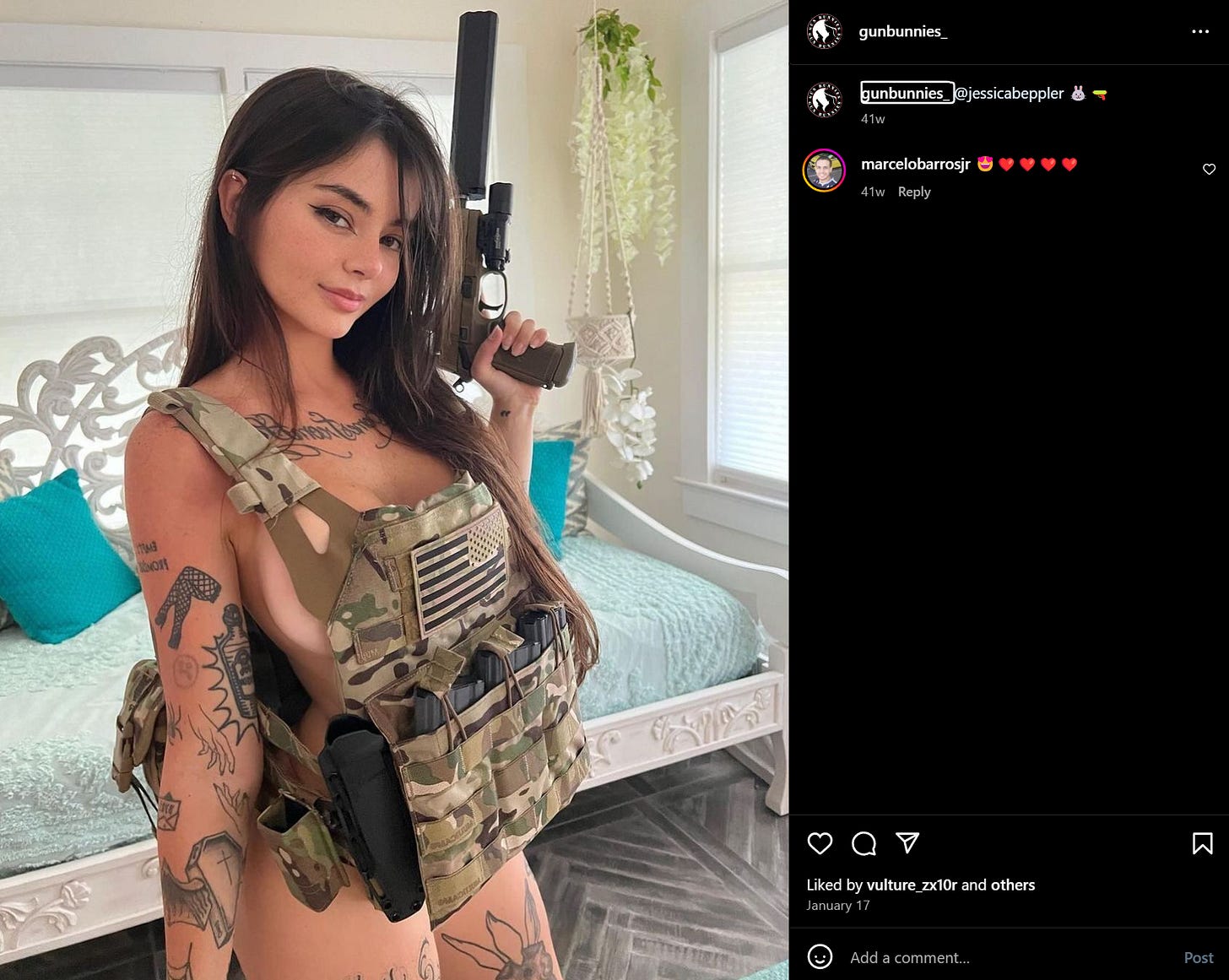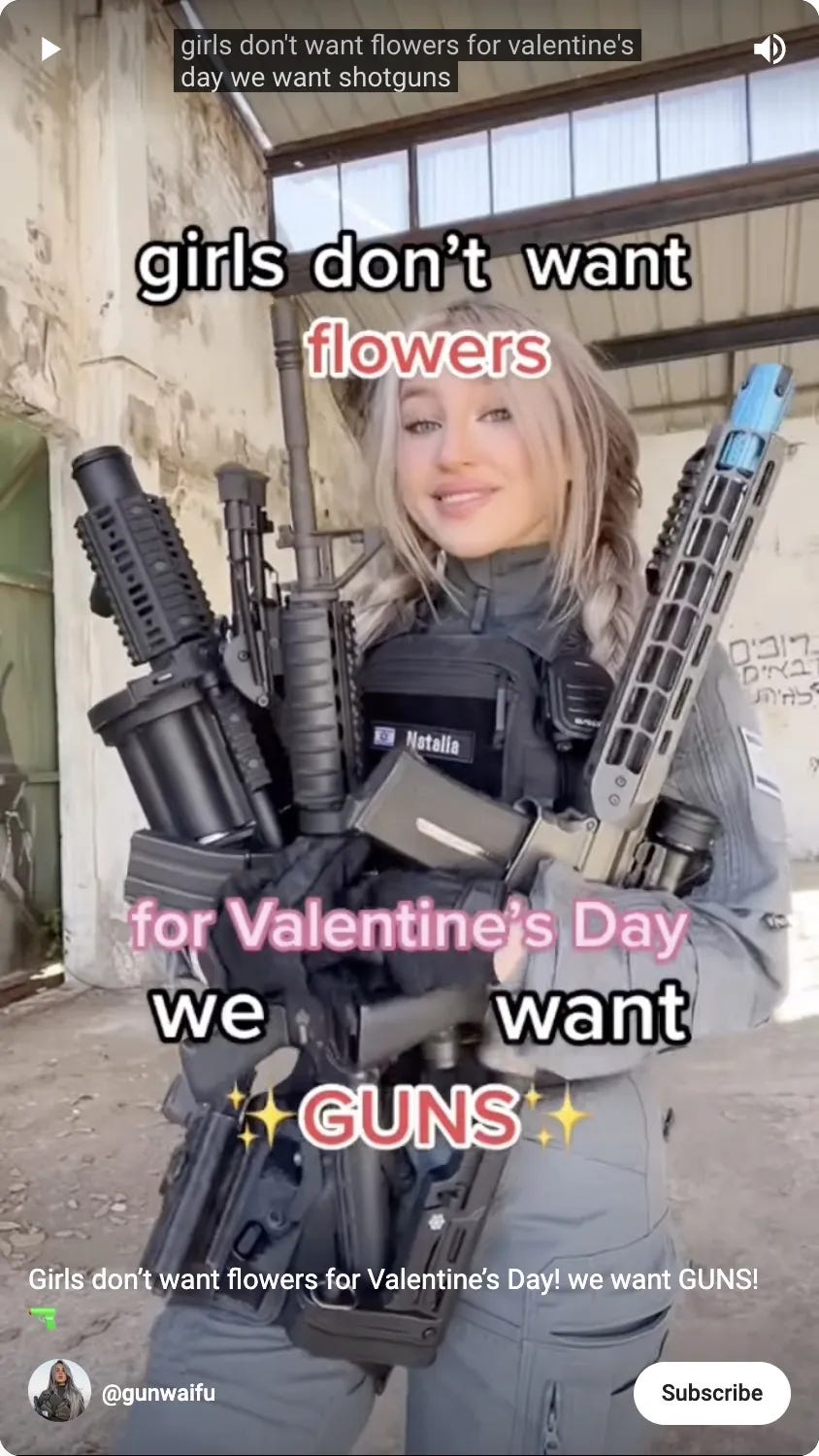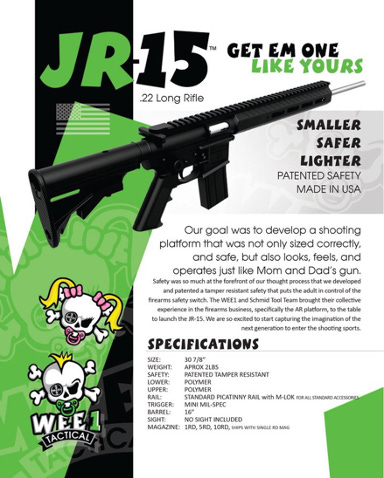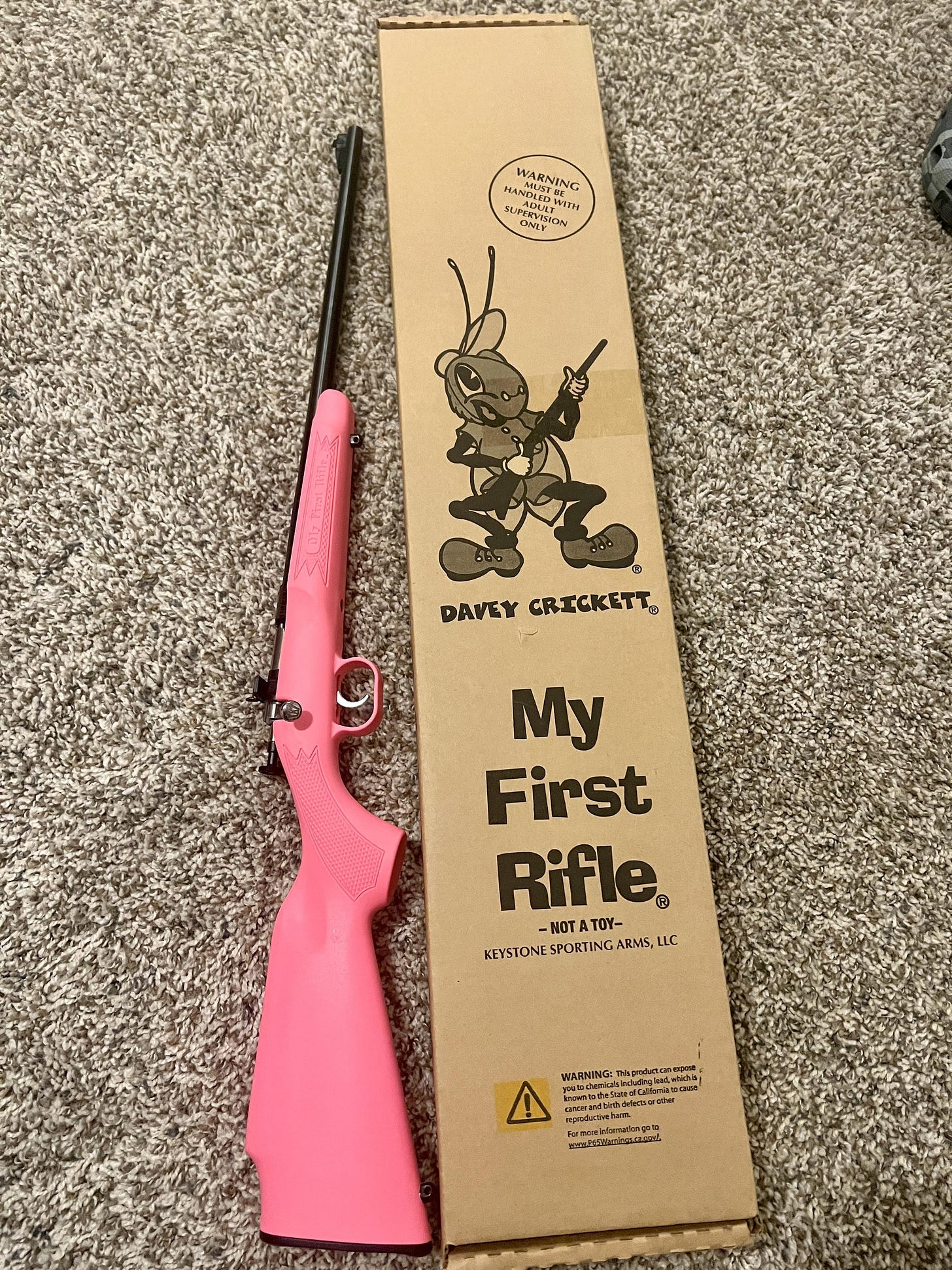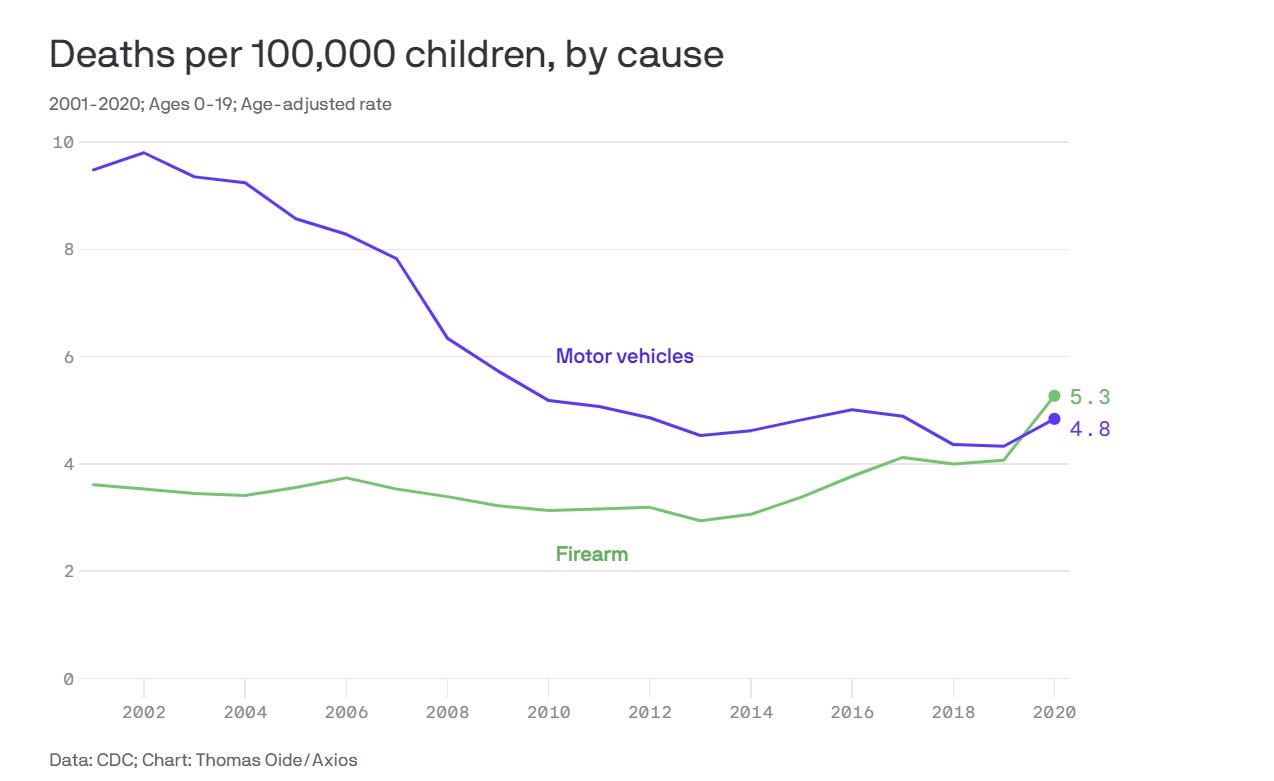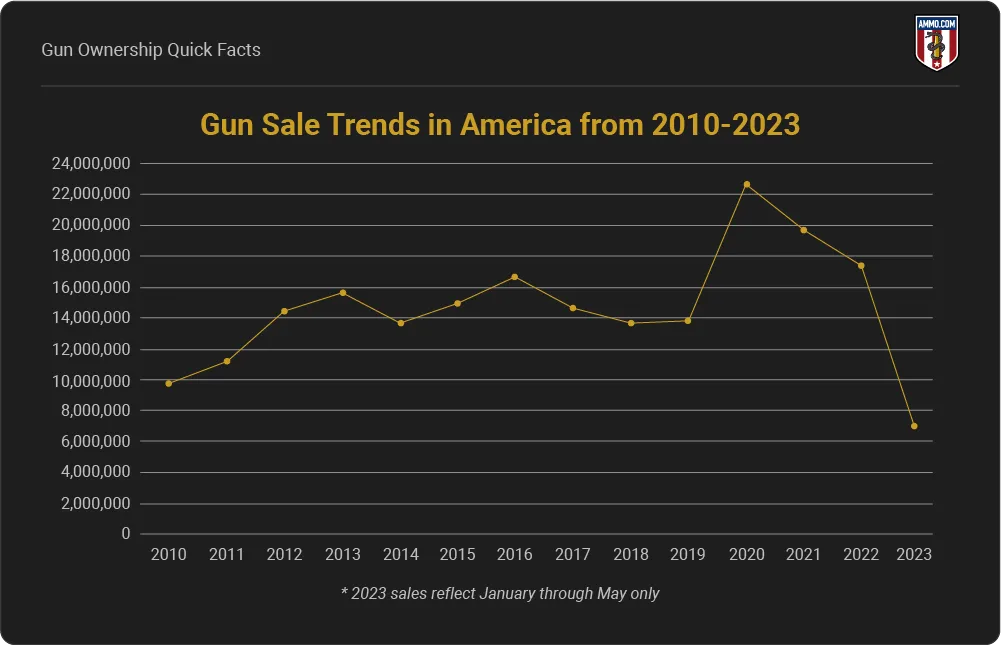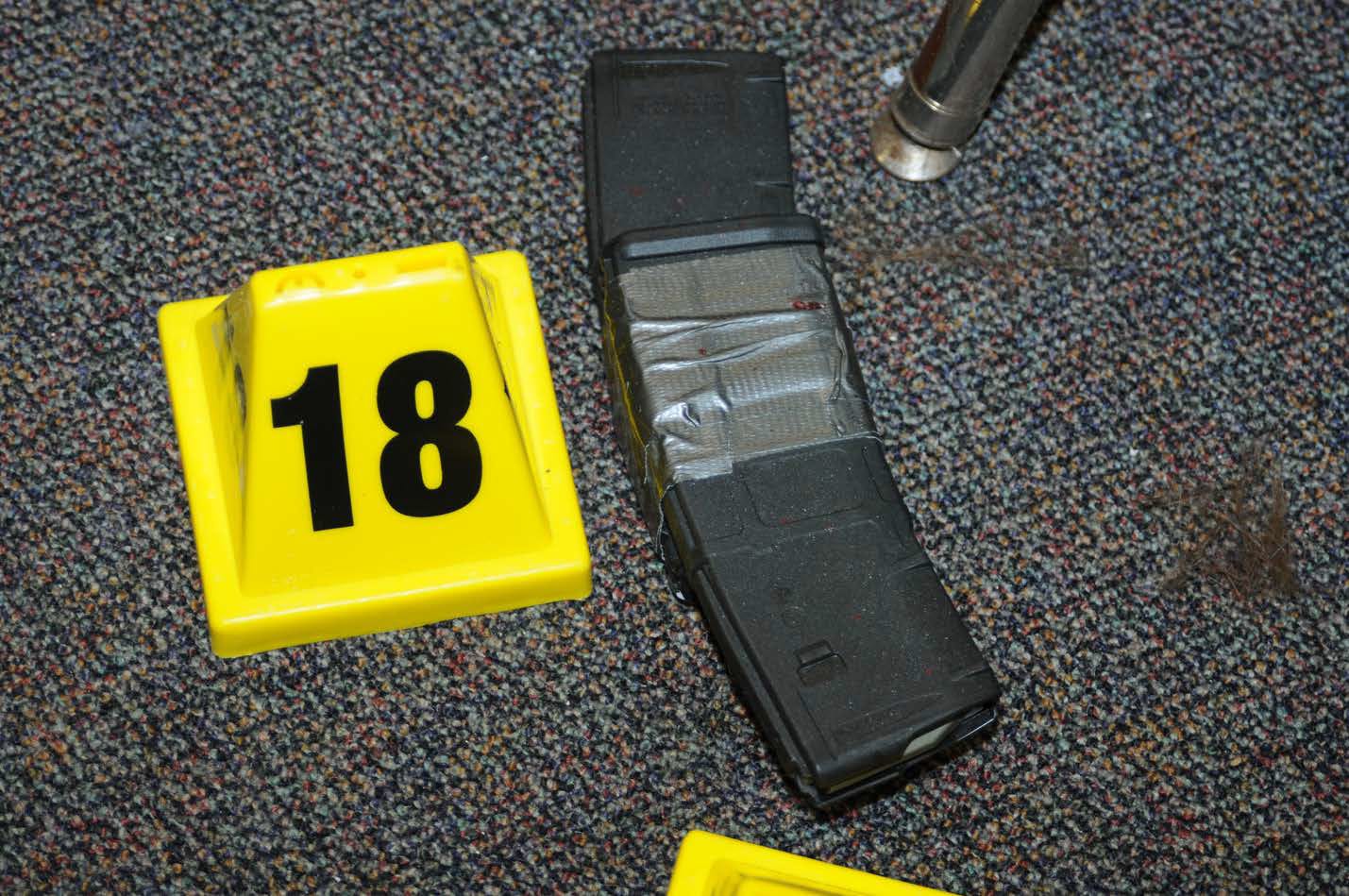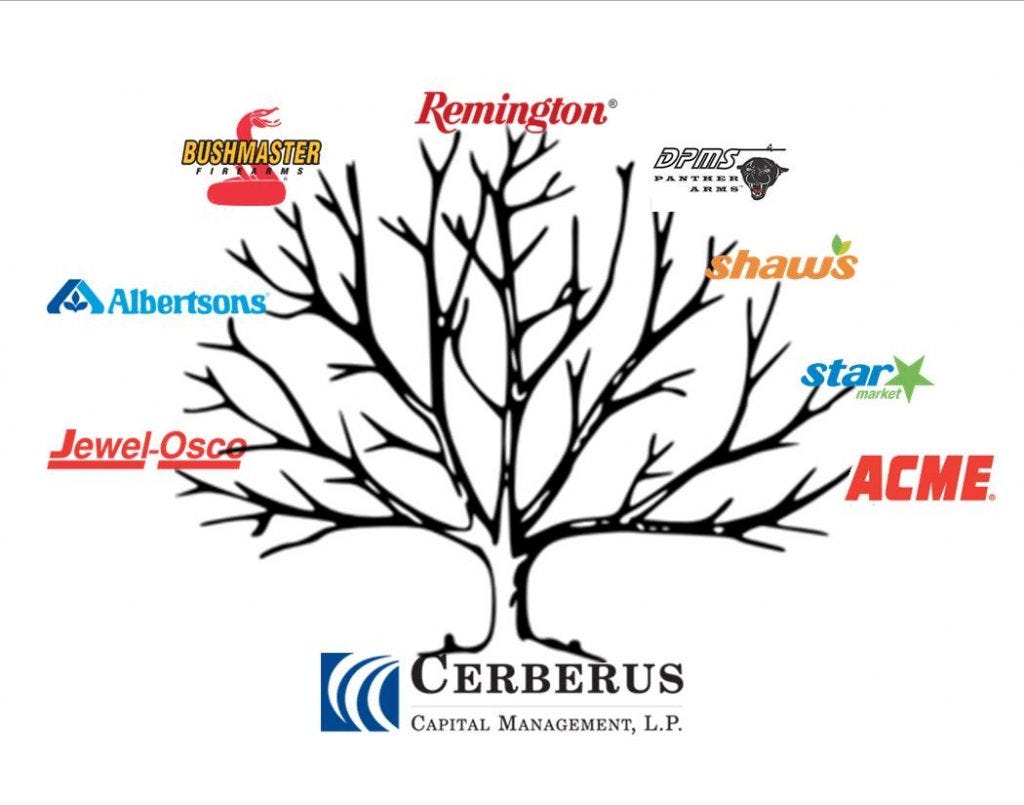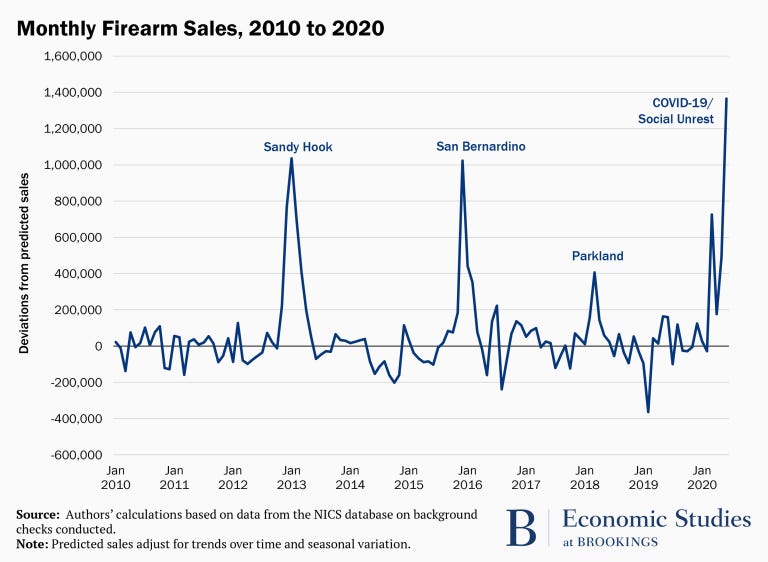The Secret Deal between Games and the Weapon Industry
Some business deals impact the world...
…more than others. When guns symbolize freedom and national pride for millions of people, the chance to profit off that is just too tempting to ignore. And how to best profit if not by starting with those too young to know what to believe?
This is an insane story. A secret deal, ruthless marketing, and one tragic event that exposed everything and changed gaming forever. And it’s also a story that’s deeply rooted in America - *the* place with more guns than people. And if there’s one industry that’ll jump at the chance to push their products through one of the biggest games ever, it’s the weapons industry. In 2009, Call of Duty: Modern Warfare 2 was that game.
Within 24h of release, the game sold 5M copies. It was a masterstroke between realism and cinematic storytelling. The game’s publisher, Activision, spared no expense for the launch: red carpet, nice ladies, celebrities…it was a multi-million-dollar cultural moment.
But behind the scenes was a secret licensing deal with America’s oldest gun maker - Remindgton. The deal? Feature Remington’s ACR rifle—one of the first real-life brands shown directly on a gun in Call of Duty. Highly accurate, precise, low-recoil…it was replicated down to the smallest detail. The goal? Make the game feel more real of course. But on its own, this wasn’t yet anything unusual.
From guns, cars, sneakers to celebrities, games license anything that’s trademarked just for that extra realism. Especially in shooter games, realism isn’t just a feature; it’s a selling point. That’s why you’ll sometimes spot gun makers in the end credits, or find entire YouTube channels comparing game guns with real-life models.
Some games avoid licensing deals altogether by purely creating fictional brands.
But Remington’s deal wasn’t just any licensing deal. It marked the first real turning point in how gun makers approached underage audiences. With half of Call of Duty players under 18, Remington’s deal was the first known case that took licensing into a darker direction, using a popular game as a gateway to potential future buyers, way too young to drink, drive or buy guns. But if you wanna shape people minds, you gotta “start them young.” And for Remington, young meant very young.
So Remington devised a marketing strategy so deceptive, it wasn’t meant to be publicly revealed. Not until that one tragic event that exposed Remingt on’s so-called “Gaming Strategy.” But before I’ll show your their plan, we first need to understand gun marketing as a whole. So let’s go a little bit further back in the past.
Before gun makers started targeting toddlers, sexy ladies and emasculated men, gun makers had only one target: Strong, white men. Sportsmen. Hunters. Those that don’t eat tofu but only their own meat. A hundred years ago, owning hunting rifles was your John Wayne badge of honor; it showed you could protect your family and your nation.
But above all, it was about the bond between a father and his son on those holiday hunting trips and Christmas mornings because “Christmas lasts a lifetime when it’s a Remington.”
And if you as a young lad managed to “talk your dad into buying you that Remington, you should also talk him into getting his very own Remington.”
Oh, and if you were worried about safety, don’t worry. Even the little ones could handle it, because “papa says it won’t hurt us.”
Of course, all of this was rooted in the Second Amendment—a constitutional right whi ch, to this day, grants Americans the right to “keep and bear arms.” Under this right, American TV was soon flooded with the golden era of all-American heroes. Symbols of national pride.
But as the 90s kicked in, the tone shifted: With crime rates climbing, ads switched from hunting trips to dark parking lots - of course, with frightened women clutching handguns.
Fear, not happy Christmas mornings, was the new selling point. And boy did it work. A whopping 45% jump in household guns in just a few decades. A gun maker’s dream. But then, it all turned into a nightmare.
Its “strong, white men” market was dying out. Hunting became less popular as people moved to cities. Nor was the father-son bond enough to sell guns. As the market wa s shrinking, none of the old marketing messages seemed to stick anymore.
But as one door closed, another one opened: With the rise of “violent” video games. Iconic games like Doom and Wolfenstein kicked off the FPS genre, and soon, many more iconic games would follow, including Call of Duty. All games that would soon make gun makers very, very rich.
And this is where Remington’s ‘Gaming Strategy’ kicked in. They wanted players to walk into shooting ranges and say, “I shot one of these in Battlefield.” It might sound simple, but it works—I can vouch for it.. As soon as I started playing CoD, I couldn’t wait but to hold one of those sleek beasts in my very own hands. Totally different experience from the game, I know, but that’s how it starts, and that’s exactly what Remington was after.
Leaked emails and memos from the early 2000s show Remington’s big mission: “Create America’s foremost firearms empire.” Now to become America’s biggest firearms empire, they first had to solve a problem: “Increasing urbanization.” With more people moving to cities, shooting & hunting areas were in decvvline. Their solution?
A new target: Besides “Traditional Tom & Deercampers” they added ”Females. Millennials. Youth.” Tom and Deercampers are terms for traditional gun buyers. But their new target clearly included children. So to get their strategy rollin’, Remisngton reached out to Activision as they “wanted the brand exposure” of their Adaptive Combat Rifle. Why CoD? It was set to sell millions of copies and Remington knew this.
But that’s not all. Remington explicitly told Activision not to use their guns where gamers could play “non-military bad guys.” It had to be the good guys.
But that made MW2 actually an odd choice since it’s the game with the infamous “No Russian mission,” where you’re part of a terrorist attack at an airport, massacring civilians.
Exactly the kinda scenario Remington wanted to avoid - but according to the leaked document, Remington was fine if replicas were used, because they’d be recognizable by gamers and "still receive benefit from inclusion in the game.” Pretty ironic isn’t it. But Remington didn’t really care. In fact, they were pretty stoked about how gamers “love the gun because of its ‘low recoil’” and how “amazing it is that a game can sell a real-world product attribute.”
But their “Gaming Strategy” was just the beginning.
Remington, alongside their network of brands, wasn’t just out hunting gamers in video games; they flooded every social media channel with ads so ruthless, they would soon became Remington’s downfall.
“Consider your man card reissued,” reads one ad, promising you to restore your lost masculinity.
And because “Colin F is just unmanly and avoids eye contact with tough-looking 5th graders," the only way to reclaim his manhood is through a semi-automatic rifle.
And do you think tofu is an acceptable meat substitute? Yes? No? Of course ‘No.’ Because “real men” don’t eat tofu.
But if that didn’t convince you, how about an ad that confidently claims that with “Over 5M sold, the world’s largest army ain’t in China,” because America’s gun-owning civilians are the real army, sure. And so it continues. From “One rifle, many missions,” “Control your destiny,” or “Killin’ zombies before it was cool,” the message is always the same: real power and real masculinity come from holding a Remington Rifle.
But masculinity - or the lack of it - is just one avenue. Sex too is very powerful weapon, no pun intended. Check this out. A whole new world of gunfluencers, or so-called gun bunnies was called into existence - all very sexy ladies with their assets front and center. Because ‘real girls’ don’t want flowers for Valentine’s Day, they want guns.
Lots of guns. Sorry, but I had to say it. Anyways, if you think gun ads stopped at gun bunnies or emasculated men, then you’re wrong.
Yes, these are real rifles for girls and boys, just smaller and less powerful. But still, real firearms that shoot real bullets. So with adorable “My First Rifle” ads that come in all sorts of colors, no kid is left behind, especially not the ladies, who get their fair share of pink gun glory.
Oh, and here come the dad-ads again, this time not for hunting trips, but to “make dad jealous.”
From Tikok, Insta and Facebook, to trade shows and catalogs, not so kid-friendly ads with firearms are everywhere. But there’s one thing these ads never mentioned: Firearms had long surpassed car accidents as the leading cause of death among children. Since 2015, there’s a website that tracks unintentional shootings by kids, with numbers that just don’t seem to go down. So when you see ads depicting kids with guns alongside Bible verses that encourage to “train them young,” you know why those numbers don’t go down.
But some numbers went up. Sales. With all that aggressive marketing around games and gunfluencers, sales boomed and gun makers were happy. But all that ‘success’ was just a ticking time bomb waiting to explode.
And explode it did. In December 2012, 20-year-old Adam Lanza walked into Sandy Hook Elementary with his mother’s rifle. Five minutes and 154 rounds later, he killed 26 people. 20 of them first graders.
Adam used taped mags to reload faster, just like it’s done in CoD. Raised by gun-loving parents, Adam had a special bond to his mom, who he shot dead before the school shooting. Besides his mom and 20 kids, the last person he killed was himself. It was a wake up call. Not just for the shattered families but for the entire nation. And for Remington, whose rifle Adam used.
Because of this, families tried to sue Remington. But a U.S. law shields gun makers from lawsuits when their products are used in crimes. So, any direct form of legal retaliation was nearly impossible. But, there’s always a legal loophole if you look hard enough. And in Connecticut, where the shooting happened, there was one: deceptive marketing. A law that prohibits any business from engaging in false advertising.
So, the victims’ lawyers did some digging and uncovered Remi ngton’s secret “Gaming Strategy,” which laid out pretty much everything the court needed to see. The verdict? Guilty of charge.
Remington ended up paying $73M. Case closed. A landmark win.
But what was a win for some, was a PR nightmare for the gaming industry. Suddenly, violent video games became the nation’s favourite scapegoat - in the press, among politicians, and of course, the NRA - America’s biggest gun-rights advocate.
“Here exists in this country sadly a callous corrupt and corrupting shadow industry that sells and stowes violence against its own people through vicious violent video [games]"
Wayne LaPierre
Hmmm. Doesn’t the NRA know who is fun ding all thi s? Well, they must know that behind all this is none other but Cerberus Cap ital - THE private equity giant that owns pretty much every major gun brand out there. After the mass shooting, Cerberus officially “considered” selling their gun companies. But inofficially, they knew they weren’t gonna sell.
Why? Just look at this: School shooting - sales spike - sales decline - School shooting - sales spike - sales decline. Rinse and repeat. Of course they’re not gonna sell off anything. And Cerberus, they’re pulling the strings on both ends, making money left and right.
But instead of blaming private equity giants, we blame those “violent” video games, right? Though, funny enough, Adam spent more time on Dance Dance Revolution than in CoD. Yep, that’s him right there. But that didn’t stop politicians from meeting up with game studios to discuss a tax on violent video games.
Luckily, in the end, even a Mr. Biden had to admit that games aren’t the problem.
"That’s not the reason why we have this carnage on our streets.” (min 19:09)
And what about other game studios? How did they react? Activision cut ties with Remington of course. And EA, for instance, had to act. After backlash over Medal of Honor, which linked players to real-life weapons on its website, EA took down the website, cut ties with gun makers altogether and even removed a video with Magpul, EA’s tactical partner.
But here’s the irony: Instead of ditching branded guns, EA kept them - without paying for licensing. Because according to EA - “A book doesn’t pay for saying the word ‘Colt,’ either.”
And there you have it. Guns are just part of the game. Whether it’s “1 Billion,” “1 Million” or “One Gun,” it doesn’t change the core issue. The core issue is not gun makers profiting off gaming deals; the issue is the gun culture around them. A culture shaped not by violent video games, but by old, white men that don’t have to deal with the consequences:
”The only way to stop a bad guy with a gun is a good guy with a gun.” (min 12:22)
That pretty much sums up that culture right there, doesn’t it. As if guns are the only answer. But games? They’re definitely not the problem. I’ll let Bill Murray have the final word on this:
Bill Murray, Actor
Remington Outdoor Co. filed for bankruptcy… twice. After years of lawsuits, the 2020 bankruptcy was their final blow. The company was sold off in pieces. But their marketing continues.


